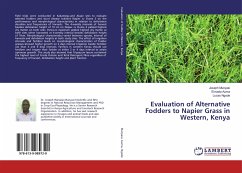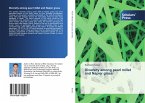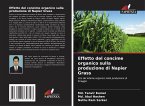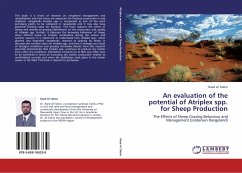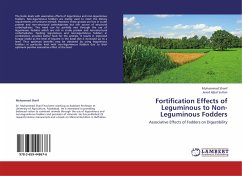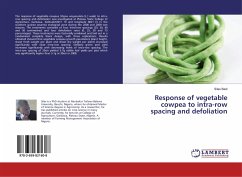Field trials were conducted in Kakamega and Alupe sites to evaluate selected fodders and stunt disease tolerant Napier cv Ouma 3 on the performance and morphological characteristics in relation to defoliation densities and frequencies of harvests. The 4-weekly intervals of harvest besides defoliation height of 10 cm on Napier cv Ouma 3 yielded highest dry matter on both sites. Panicum maximum yielded highest dry matter at both sites when harvested at 4-weekly interval besides defoliation height of 10cm. Morphological characteristics varied between species, interval of harvests and defoliation heights at both study sites. The effect of irrigation intervals and fertilizer levels on morphological characteristics of fodder grasses showed higher growth on 2 days interval irrigation beside fertilizer use than 4 and 6 days intervals. Farmers in western Kenya should use fertilizer and irrigate their fodder at either 2 or 4 days interval to attain optimum growth. The study also showed that Tripsacum laxum contained the highest level of Crude Protein and Total Detergent Fibre regardless of frequency of harvest, defoliation height and plant fraction.
Bitte wählen Sie Ihr Anliegen aus.
Rechnungen
Retourenschein anfordern
Bestellstatus
Storno

